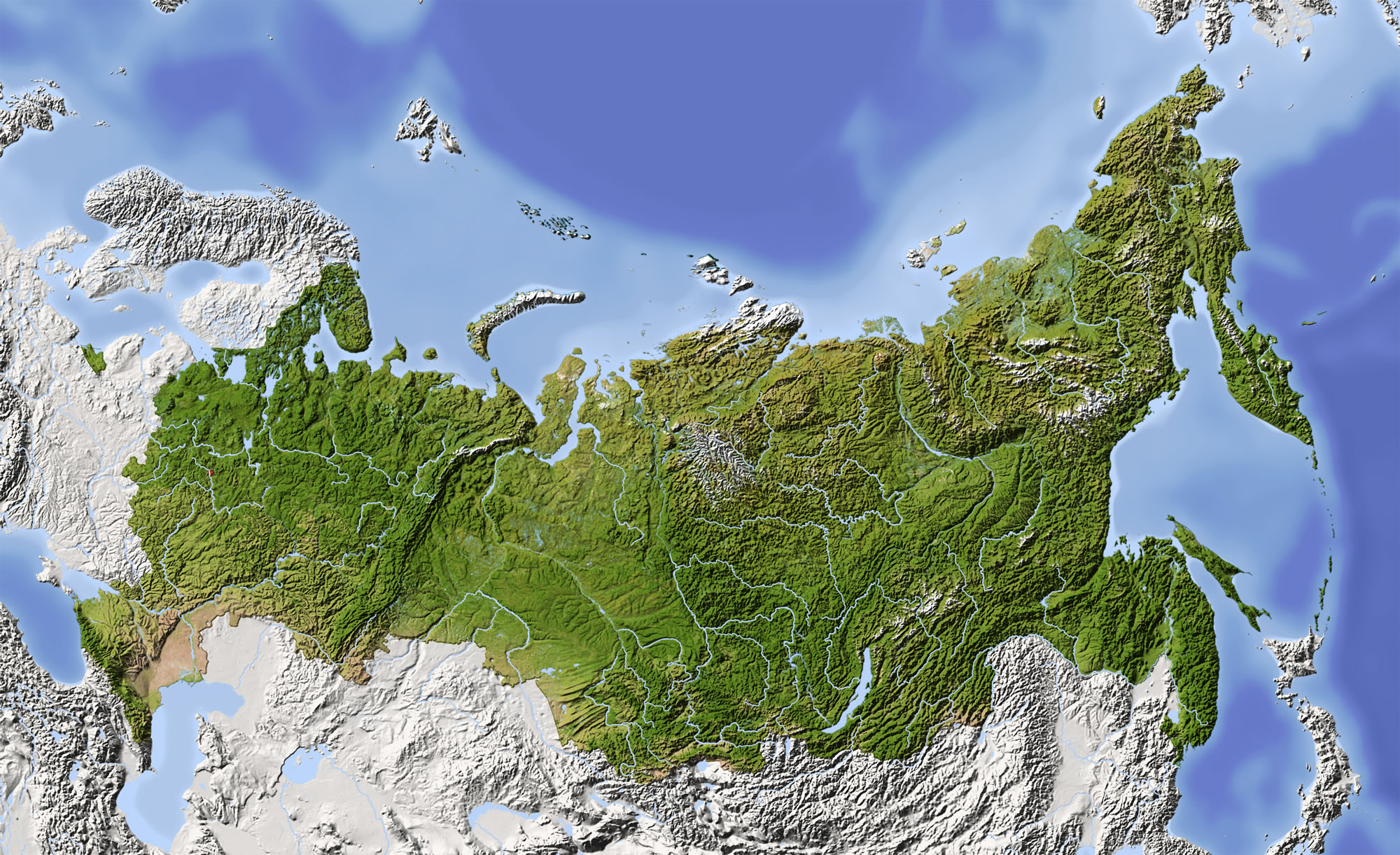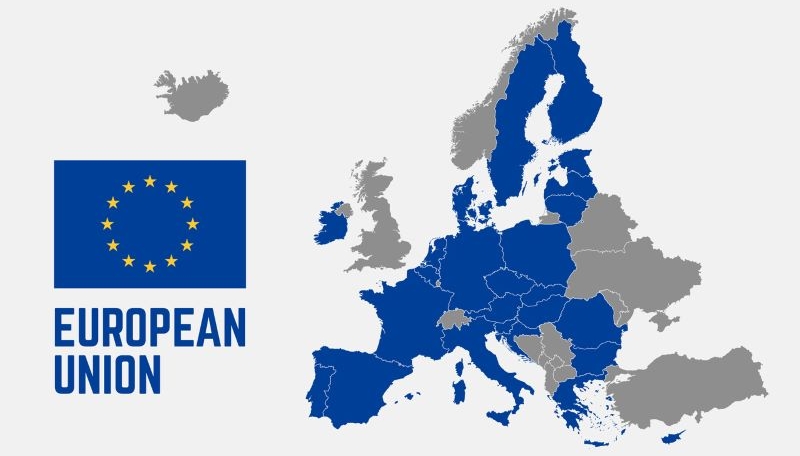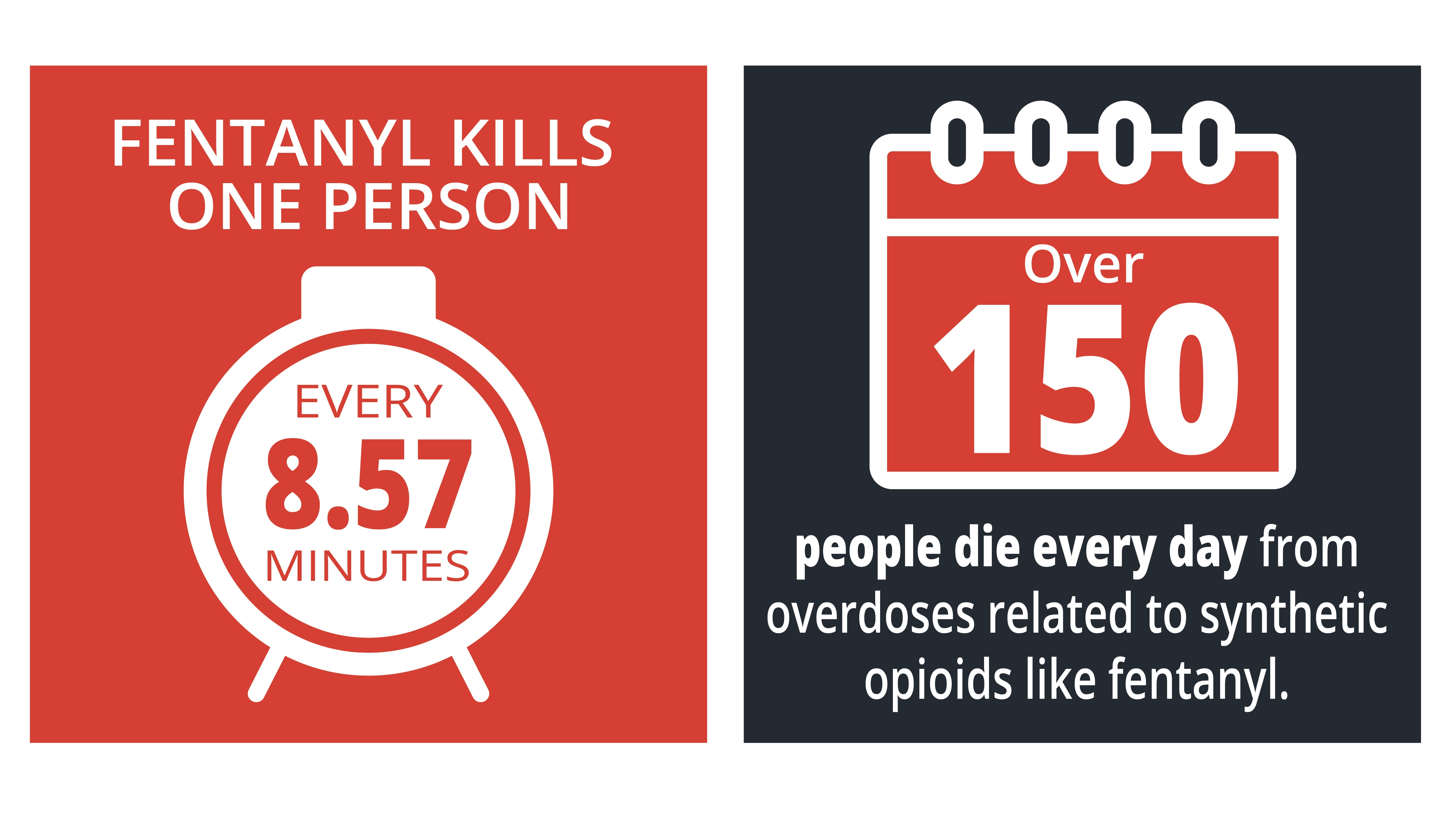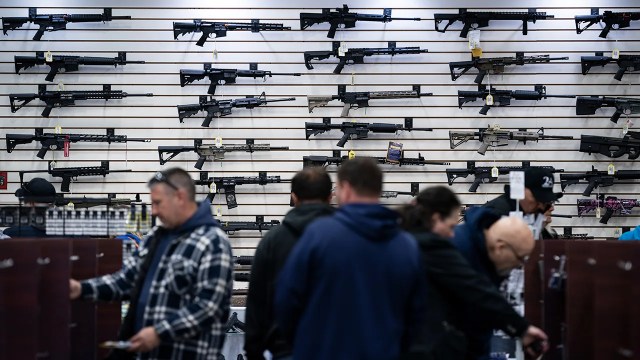The Unthinkable Path: A Roadmap to Russia Joining NATO and the EU
In the turbulent theater of 21st-century geopolitics, the idea of Russia joining NATO and the European Union may sound like fantasy. Given the brutality of the war in Ukraine, the annexation of Crimea, and decades of mistrust between Moscow and the West, few would dare to entertain such a proposal seriously. Yet history is filled with unexpected turns—and there was a moment, not so long ago, when this very vision was not only plausible but quietly explored.
In the early 2000s, Russian President Vladimir Putin expressed openness to the idea of joining NATO. In interviews and meetings with Western leaders, he floated the idea of integration—on Russia’s terms, of course. The West largely dismissed it, assuming Putin’s ambitions lay elsewhere. That assumption has proven tragically correct. But what if a long-term roadmap toward Russian integration—conditioned on sweeping reforms and genuine reconciliation—were revived? Could this be the key to ending the cycle of confrontation?
Step 1: Ceasefire and Withdrawal
No path forward is possible while Russian forces occupy Ukrainian territory. The precondition for any talks of NATO or EU engagement must be a full ceasefire, verified withdrawal, and reparations framework. This includes negotiations over Crimea and the Donbas under international law, perhaps guided by a multilateral mediation group involving the EU, Turkey, and even China.
Step 2: Normalizing Russia-Ukraine Relations
At the heart of European peace is the relationship between Russia and Ukraine. A new foundation of bilateral trade, joint infrastructure projects, and cultural exchange programs could help build trust. A Russo-Ukrainian reconciliation commission—similar to South Africa’s Truth and Reconciliation Commission—could provide a platform for healing, acknowledging atrocities, and rebuilding narratives of coexistence.
A transitional phase could include Ukraine agreeing to defer NATO membership until both countries are prepared to join together, ensuring that Ukraine’s security does not come at the expense of Russia’s paranoia. Meanwhile, Ukraine remains firmly embedded in the EU, and Russia must begin to align with European norms if it seeks the same.
Step 3: Domestic Reforms in Russia
This is the hardest and most essential part. For Russia to be considered for NATO or EU membership, it would need to undertake massive political and economic reforms:
-
Democratic revival: Free elections, a free press, independent judiciary, and the release of political prisoners.
-
Rule of law and anti-corruption: A complete overhaul of the legal system to match EU standards.
-
Economic restructuring: Diversification away from oligarchic, resource-dependent capitalism toward innovation-based industry.
-
Human rights: Alignment with the European Convention on Human Rights, with external monitoring.
These are not modest requests. They are foundational and would require a generational change in leadership or a post-Putin political settlement—one born not from collapse, but from strategic evolution.
Step 4: Gradual Integration
Even after reforms, Russia would not simply walk into Brussels or be handed Article 5 protection. Instead, a phased integration could take place:
-
Observer status in NATO forums and EU institutions.
-
Military transparency, joint drills, and de-escalation agreements.
-
Economic treaties with the EU akin to the European Economic Area model.
-
Eventual full accession talks, perhaps in the 2040s.
Step 5: A Pan-European Peace and Security Pact
If successful, the final goal would be a unified Europe—one that includes Russia and Ukraine as peaceful, democratic nations. Such a Europe would be capable of finally turning the page on Cold War-era divisions, and instead focus on collective security, economic cooperation, and addressing shared global challenges like climate change, energy transition, and AI governance.
The Realpolitik Obstacle: Why It Might Be Unrealistic
Now, let’s be clear. This roadmap is radical and, under current circumstances, deeply unrealistic. Russia has entrenched itself in the Chinese-led BRICS+ camp, doubling down on its anti-Western rhetoric and cultivating a multipolar vision that sees NATO as an existential threat, not a potential ally.
The Kremlin’s war narrative is premised on resisting Western “decadence” and “colonialism.” Domestically, dissent is crushed. The political class depends on anti-Westernism for legitimacy. Furthermore, any retreat from its current posture would be seen by Russian elites as surrender—a fatal blow in the zero-sum games they play.
But even this realpolitik obstacle should not discourage long-term vision. In the 1950s, the idea of Germany and France sharing currency and military command would’ve sounded absurd. And yet today they anchor the European Union. What changed? Leadership, time, trauma, and economic interdependence.
Why the Proposal is Still Worth Pursuing
History is shaped not just by what is probable, but by what is possible. As climate catastrophes, digital instability, and military escalation loom, the old playbook of containment and confrontation may no longer suffice. A strong, reformed, democratic Russia embedded in the institutions of Europe is not only good for peace—it’s essential to the long-term stability of Eurasia.
Yes, it would require a post-Putin political revolution, a change in national consciousness, and perhaps a decade of internal transition. But diplomacy is about planting seeds, not just managing the weeds.
Conclusion: Vision is not naivety—it is strategy extended across time.
This roadmap isn’t an endorsement of Putin’s Russia. It is a challenge to Russia to reimagine itself—and a challenge to the West to keep the door open, even if only slightly ajar. Peace in Europe will not be won with tanks or sanctions alone. It will require imagination, realism, and the kind of long-term thinking that transcends electoral cycles.
The road to Moscow may not begin in Brussels, but the road to lasting peace might just end there.
If you reject unilateralism, bullying and aggression.
— Kaja Kallas (@kajakallas) May 31, 2025
If you choose instead cooperation, shared prosperity and security,
the EU will always be by your side.
My speech at Shangri-La Dialogue ↓ pic.twitter.com/olXUHkchue
The Unthinkable Path: A Roadmap to Russia Joining NATO and the EU https://t.co/sI1gteWiEu
— Paramendra Kumar Bhagat (@paramendra) May 31, 2025
The Unthinkable Path: A Roadmap to Russia Joining NATO and the EU
— Paramendra Kumar Bhagat (@paramendra) May 31, 2025
View on Threads












